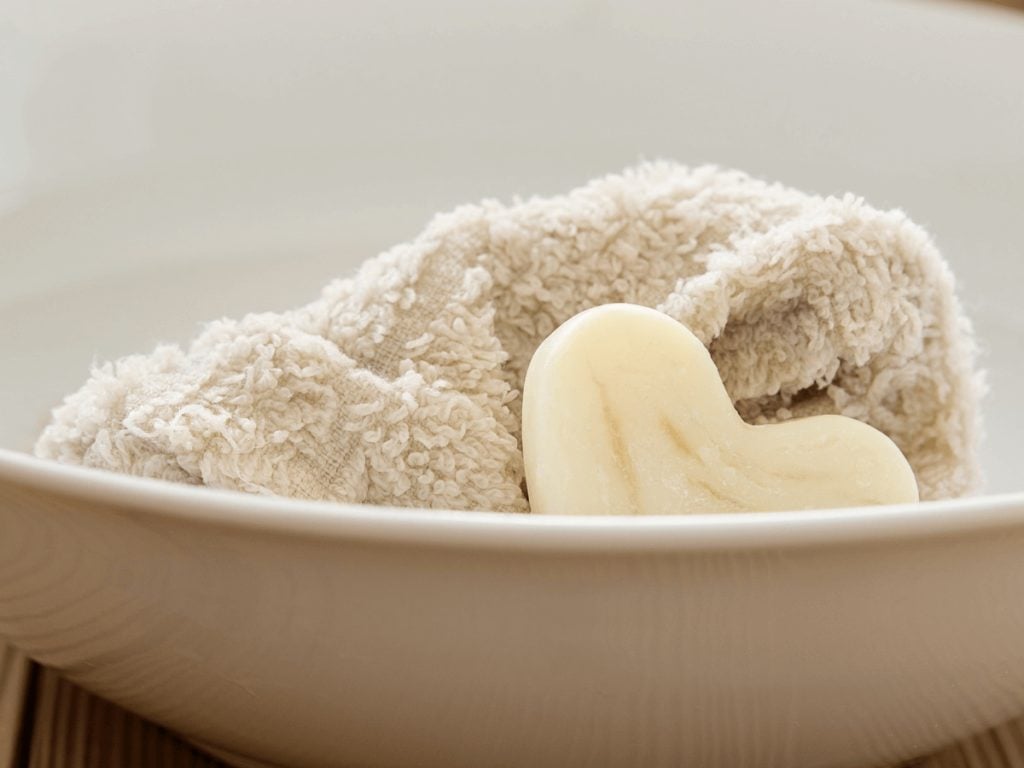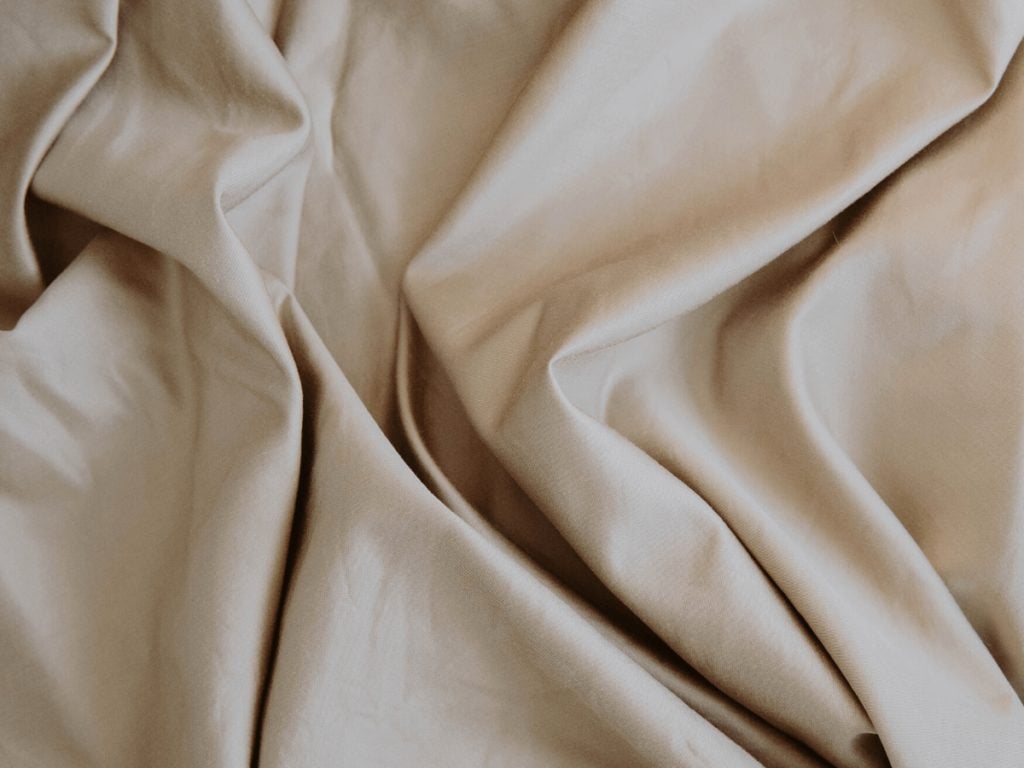
Pressure ulcers, also called bed sores, are among the most common wounds seen in the hospital, long-term care facilities, and even in the home. These wounds can be painful, difficult to heal, and lead to serious complications.
Luckily, there are some simple and effective things you can do to prevent sacral pressure ulcers!
What Causes Sacral Pressure Ulcers?
Pressure ulcers occur when there is prolonged pressure to the skin, usually over bony areas such as the elbows, spine, or sacral area (tailbone).
Compression of the soft tissue causes blood vessels to collapse and reduces blood flow and oxygen delivery. This localized tissue damage usually happens when a person sits or lays for long periods of time in a chair, wheelchair, or bed.
Pressure ulcers begin forming under the skin, making them difficult to catch before a wound is actually visible. So it’s important to take these steps to help prevent sacral pressure ulcers from happening.
Frequent Movement and Repositioning
Depending on factors like age and nutrition status, pressure can cause internal tissue damage within 2-6 hours. And skin can show signs warning of breakdown (such as redness) after as little as 30 minutes of prolonged pressure.
To prevent sacral pressure ulcers, it’s important to change positions frequently, whether it’s taking a walk, moving from bed into a chair, or even changing the level of recline in a seated position.
Research shows that 30 degrees of wheelchair tilt helps to reduce pressure in the ischial, buttocks, and sacral areas. And alternating side lying positions or using a wedge cushion while in bed can also help to limit the burden on these areas.
While there’s not one single best position to prevent sacral pressure ulcers, you can reduce your risk by moving/shifting weight frequently and avoiding prolonged amounts of time sitting or lying in one spot.
Keep Skin Clean, Dry, and Moisturized
In addition to pressure, the sacral area is at risk for breakdown due to the potential for sweat and other body fluids to sit on the skin.
These sources of moisture cause irritation, and can result in maceration-or softening of the tissue. Because this weakens the skin, it can make the tissue more susceptible to sacral pressure ulcers forming.

To avoid this, ensure the area is completely cleaned and dried after any contact with sweat, urine, or stool. And to prevent wounds due to weakened or cracking skin resulting from dryness, apply a moisture barrier or moisturizing lotion as needed throughout the day.
Check Skin Regularly
Inspect skin daily for red flags of sacral pressure ulcer development. These early warning signs include:
- redness
- discoloration that does not turn white when pressed down
- bruising
- spongy or hard feeling
- pain or tenderness
- changes in skin texture or temperature
Use a mirror to check skin in the sacral area or get assistance from caregiver. And if you’re caring for another, this daily check can be done during dressing or bathing.
Use a Pressure-Relieving Surface or Cushion
Chair and wheelchair cushions, low air-loss mattresses, and foam overlays are just a few pressure-relieving options available if frequent movement is not possible. Pillows can also be used to offload pressure to any bony areas at high risk for breakdown.

When covering a chair or bed surface, studies have shown that silk-based fabrics may provide more protection from pressure ulcers than cotton-based fabrics due to the smooth fabric to sliding more easily, reducing friction forces on the skin.
Be sure to keep any additional layers to a minimum, as more layers can actually increase the amount of friction against the skin during movement.
Sacral Pressure Ulcer Prevention with Sacral Dressings
Silicone foam sacral dressings are easy to apply and specially shaped to conform to the unique shape of the sacral area. Their multi-layer design makes them excellent at both preventing and healing wounds.

Silicone foam sacral dressings provide a soft cushion as well as a barrier to block outer moisture. And since the silicone adhesive layer is gentle on skin, these dressings can be removed and reapplied without causing trauma to fragile tissue.
Multiple studies have shown that these dressings are an effective, cost-effective tool in preventing sacral pressure ulcers.







